16 Wild Facts About The American Revolution
The American Revolution is often depicted as a straightforward tale of valiant patriots rebelling against a tyrannical empire. Yet, beneath the surface lies a treasure trove of quirky and unexpected stories that add a flavorful twist to this epic saga. From mysterious espionage tactics to unconventional heroes, the Revolution was a melting pot of fascinating characters and events. Buckle up as we delve into the lesser-known, yet equally compelling, side of this historic upheaval.
The Midnight Ride That Wasn’t Paul Revere’s Alone
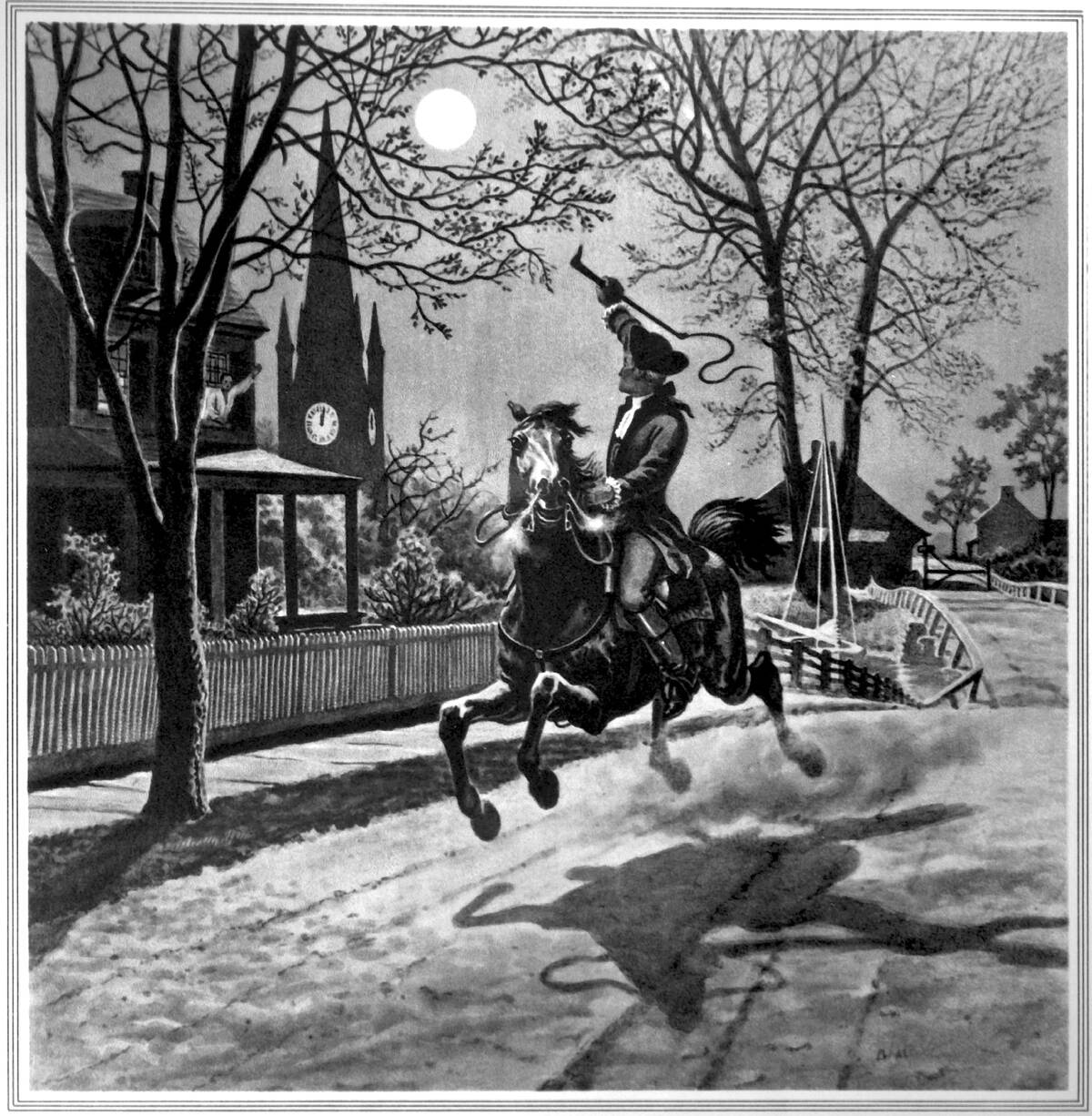
We’ve all heard the story of Paul Revere’s midnight ride, but did you know he wasn’t the only rider that fateful night? William Dawes and Samuel Prescott also galloped across the countryside to warn of the British advance. While Revere’s name became synonymous with this daring mission, Dawes and Prescott played crucial roles in spreading the alarm. Next time you think of that famous ride, remember it was a team effort that sparked the revolution into action.
The Mysterious Case of the Disappearing Cannons
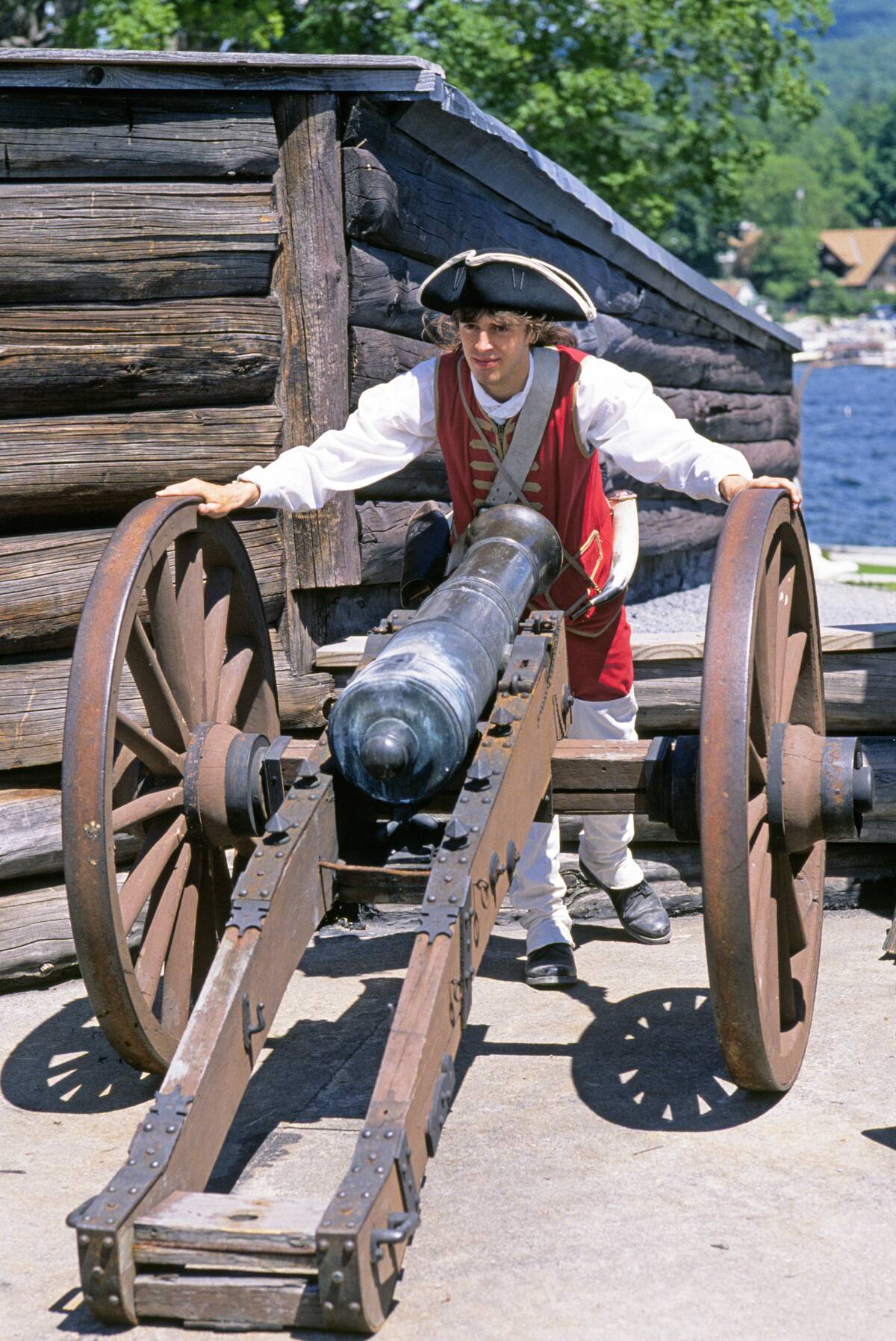
In the early days of the revolution, a curious disappearance took place. Fort Ticonderoga’s cannons vanished overnight, leaving the British scratching their heads. Enter Henry Knox, who orchestrated the daring transport of these heavy artillery pieces over treacherous winter terrain to Boston. This strategic move armed the Continental Army with the firepower needed to break the British siege. It’s a testament to the audacious ingenuity that characterized the American fight for independence.
A Tea Party That Changed the World (and Why It Wasn’t Just About Tea)
![Illustration of the [redacted] Tea Party](https://media.tellmebest.com/wp-content/uploads/2023/09/illustration-of-the-boston-tea-party-97172.jpeg)
The Boston Tea Party is often simplified to a protest against taxes on tea, but it was about much more. The colonists were railing against “taxation without representation,” a rallying cry for broader resistance against British rule. Disguised as Mohawk Indians, they dumped 342 chests of tea into the harbor, a symbolic act that fueled revolutionary fervor. This event wasn’t just about tea; it was a dramatic stand for self-governance and autonomy.
The Secret Spy Network That Outwitted the British
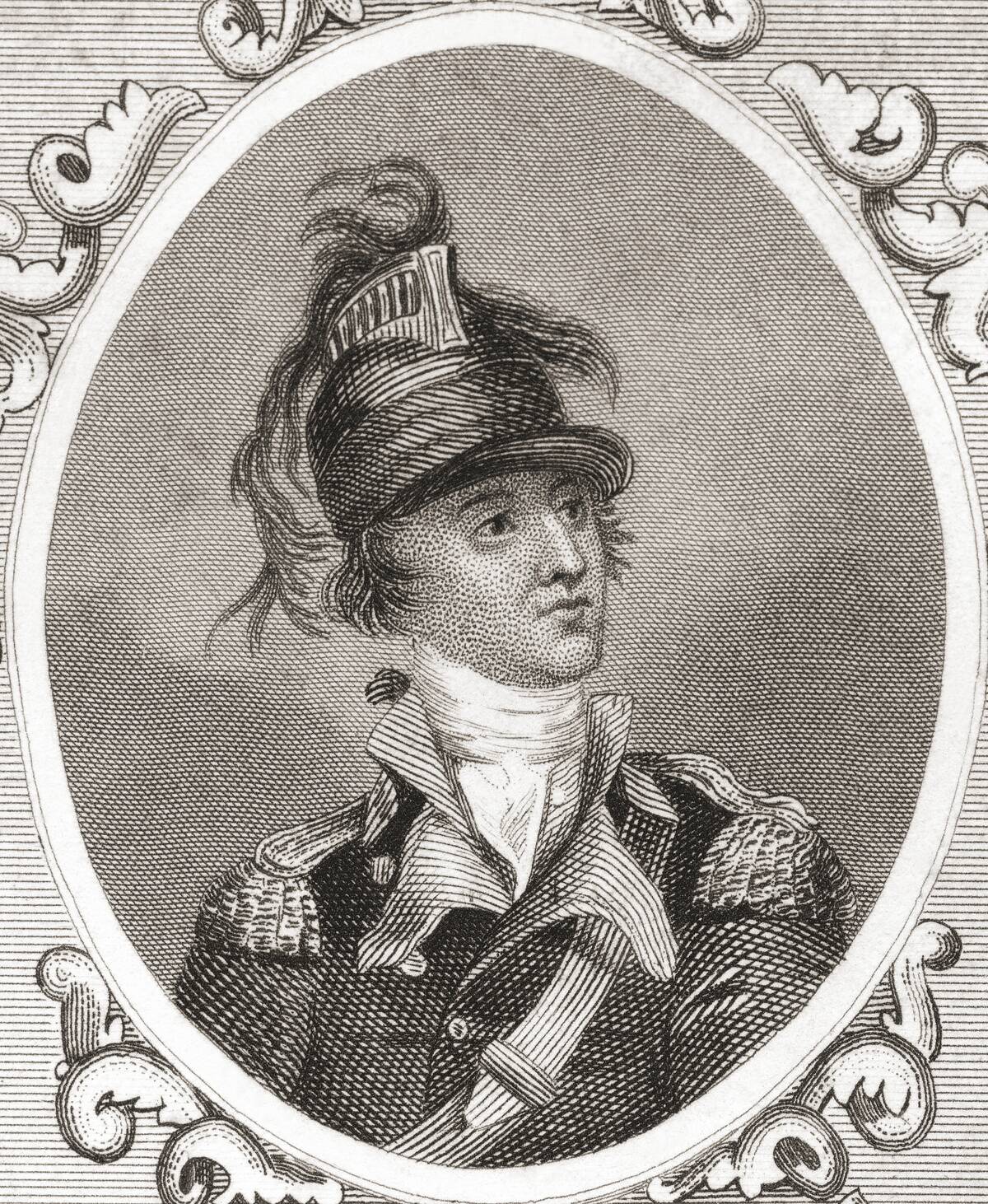
The American Revolution wasn’t just fought on the battlefield—it was also a war of wits and espionage. The Culper Spy Ring, led by Benjamin Tallmadge, was instrumental in gathering intelligence on British troop movements. With clever tactics like coded messages and invisible ink, they managed to outsmart the mightiest empire of the time. These shadowy figures played a pivotal role in ensuring American victory, proving that information can be as powerful as ammunition.
The Story of the Continental Army’s Most Unlikely Hero
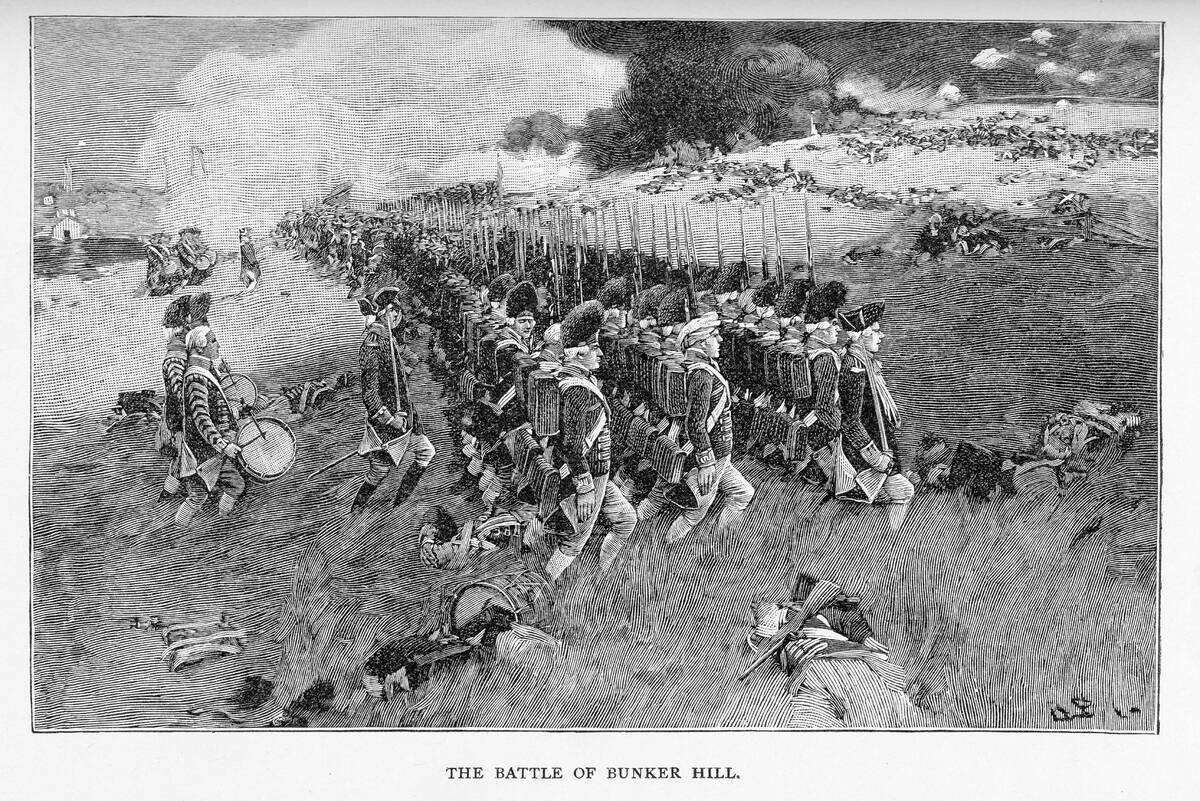
When we think of heroes of the American Revolution, names like George Washington and John Adams come to mind. But consider Peter Francisco, a giant of a man who stood at six foot six and wielded a six-foot broadsword. Known as the “Virginia Giant,” Francisco’s feats of strength and bravery became legendary. Whether lifting cannons single-handedly or charging into battle, his contributions were as outsized as his stature, making him a celebrated figure among his peers.
The Surprising Role of Women in the Revolution
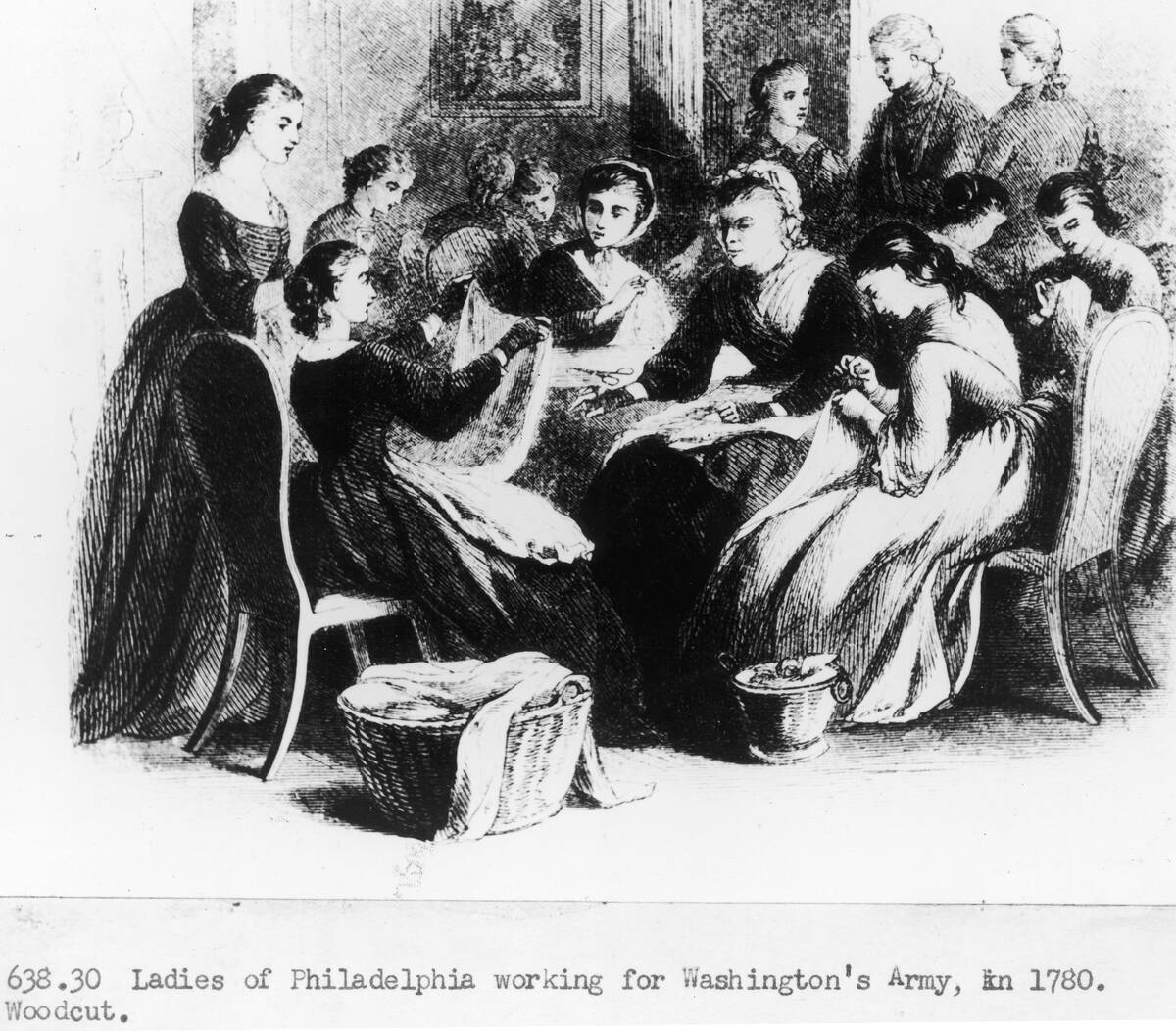
Women played crucial roles in the American Revolution, far beyond the roles of homemakers or supporters. Figures like Deborah Sampson, who disguised herself as a man to fight, and Abigail Adams, who advocated for women’s rights, highlight their contributions. Women served as spies, nurses, and sometimes even soldiers, demonstrating resilience and courage. Their efforts were instrumental in the war effort, proving that the fight for independence was a collective endeavor transcending gender.
The Revolutionary War’s Most Bizarre Battle Names
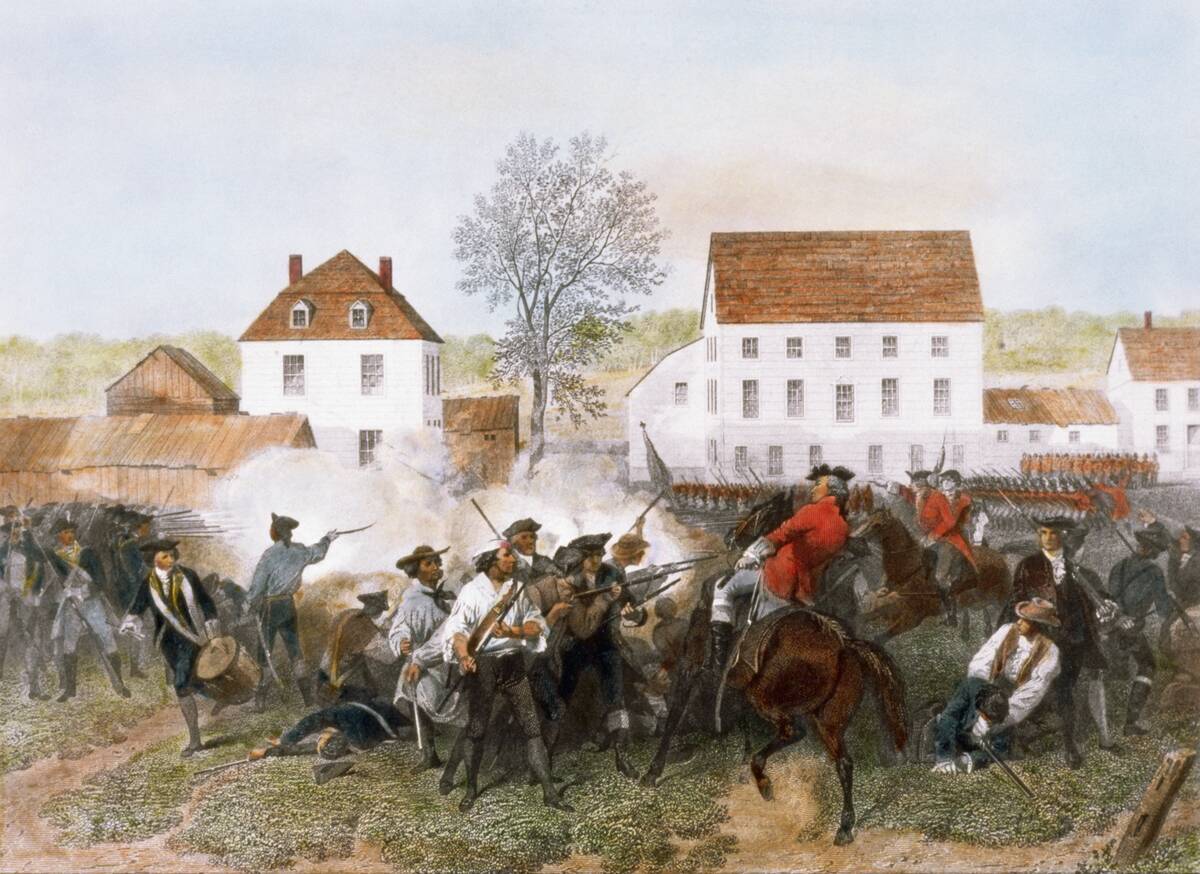
The American Revolution was marked by unusual battle names that often reflected the local geography or peculiar circumstances. Take the Battle of Bunker Hill, which was largely fought on Breed’s Hill. Or the Battle of Cowpens, named after a cow pasture in South Carolina. These names, while amusing, testified to the improvisational nature of the war, where battlefields were chosen by necessity rather than design. They remain colorful reminders of the conflict’s grassroots origins.
The Curious Case of the “Invisible” Ink
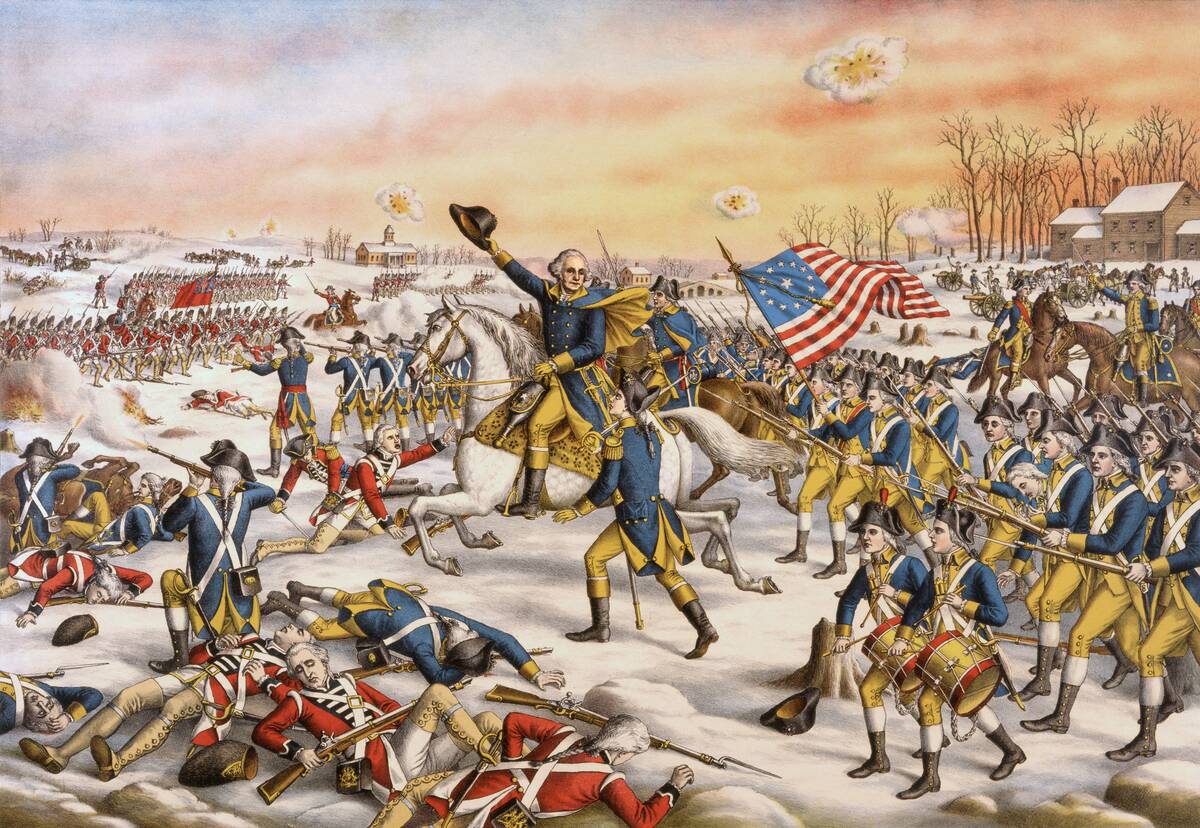
Espionage during the Revolution took many forms, and one of the cleverest was the use of “invisible” ink. Developed by James Jay, brother of Founding Father John Jay, this special ink allowed for secret correspondence that could only be revealed with a specific chemical reagent. This method of covert communication was crucial in passing sensitive information without detection. It was a precursor to modern encryption, showcasing the innovative spirit that underpinned the American struggle.
The Time George Washington Almost Became a Monarch
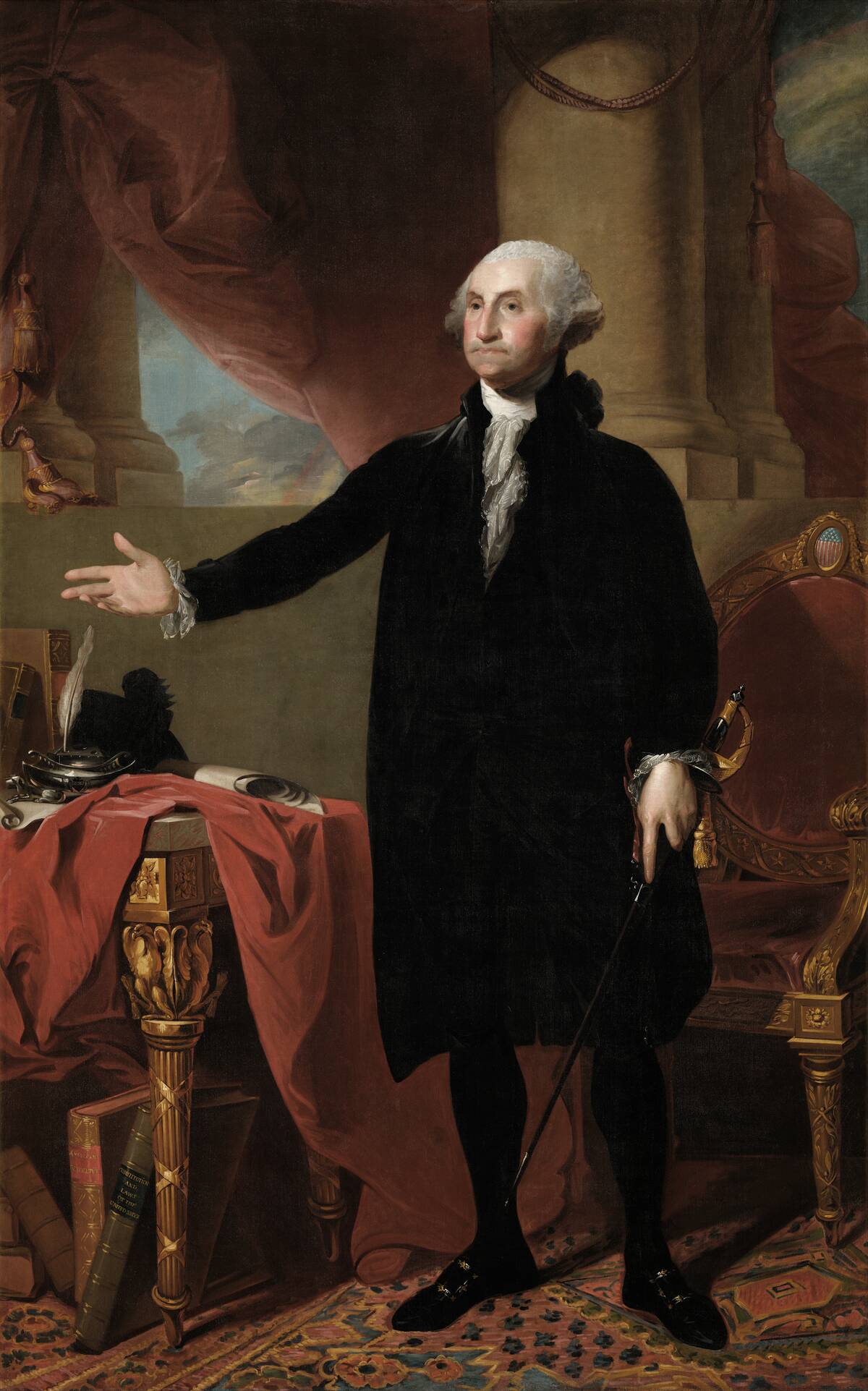
In the wake of victory, some suggested George Washington should become king of the newly independent states. A theory of 1783 saw officers frustrated with Congress’s inability to pay them, proposing a monarchy with Washington at its head. Washington’s refusal to seize power and his commitment to republican ideals cemented his legacy as a champion of democracy. His decision set a vital precedent for civilian control of the military and the nascent nation’s commitment to liberty.
How a Prussian Officer Transformed the American Troops
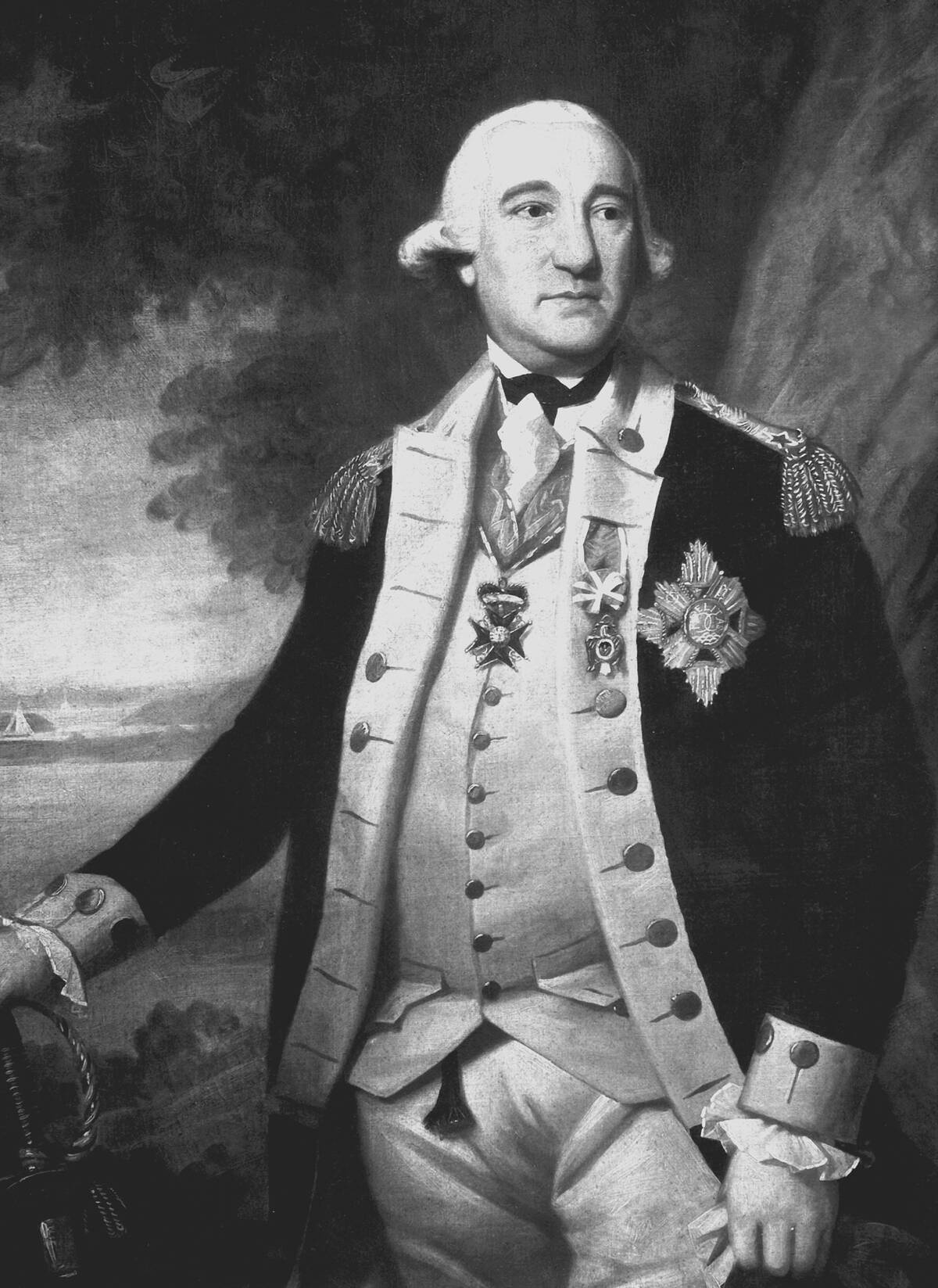
Baron Friedrich von Steuben, a Prussian military officer, arrived at Valley Forge in 1778 to find a ragtag Continental Army in desperate need of training. With his flair for organization and discipline, Steuben implemented a rigorous training program. His “Blue Book” of regulations standardized drills, transforming the army into a more professional force. Von Steuben’s efforts were instrumental in preparing American troops for the battles ahead, proving that expertise knows no national boundaries.
The Strange Fate of the Declaration of Independence
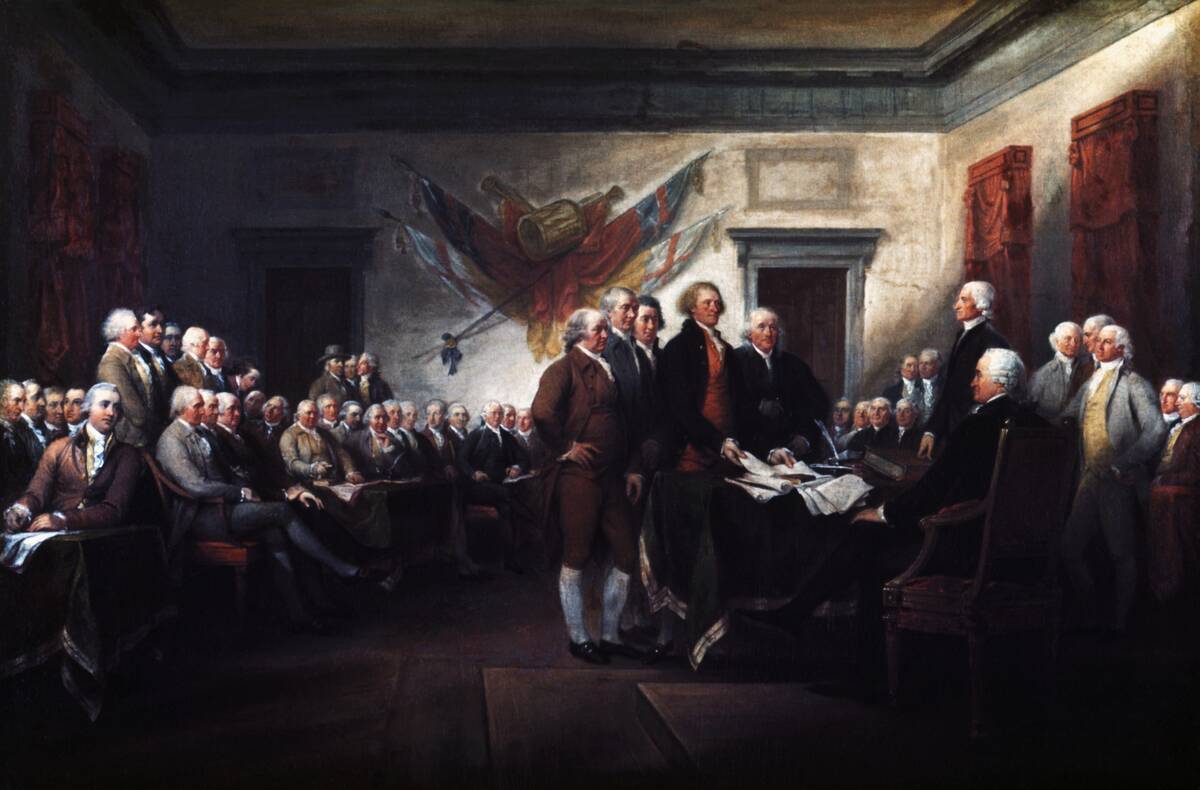
The Declaration of Independence is a symbol of American freedom, but its physical document has had quite a journey. During the War of 1812, it was hidden in a linen bag and whisked away to safety in Virginia to avoid capture by the British. Today, the original resides securely in the National Archives, though it bears the marks of its adventurous past. This storied document reminds us of the enduring spirit of independence, despite its well-traveled history.
The Unusual Allies: France’s Unexpected Contribution
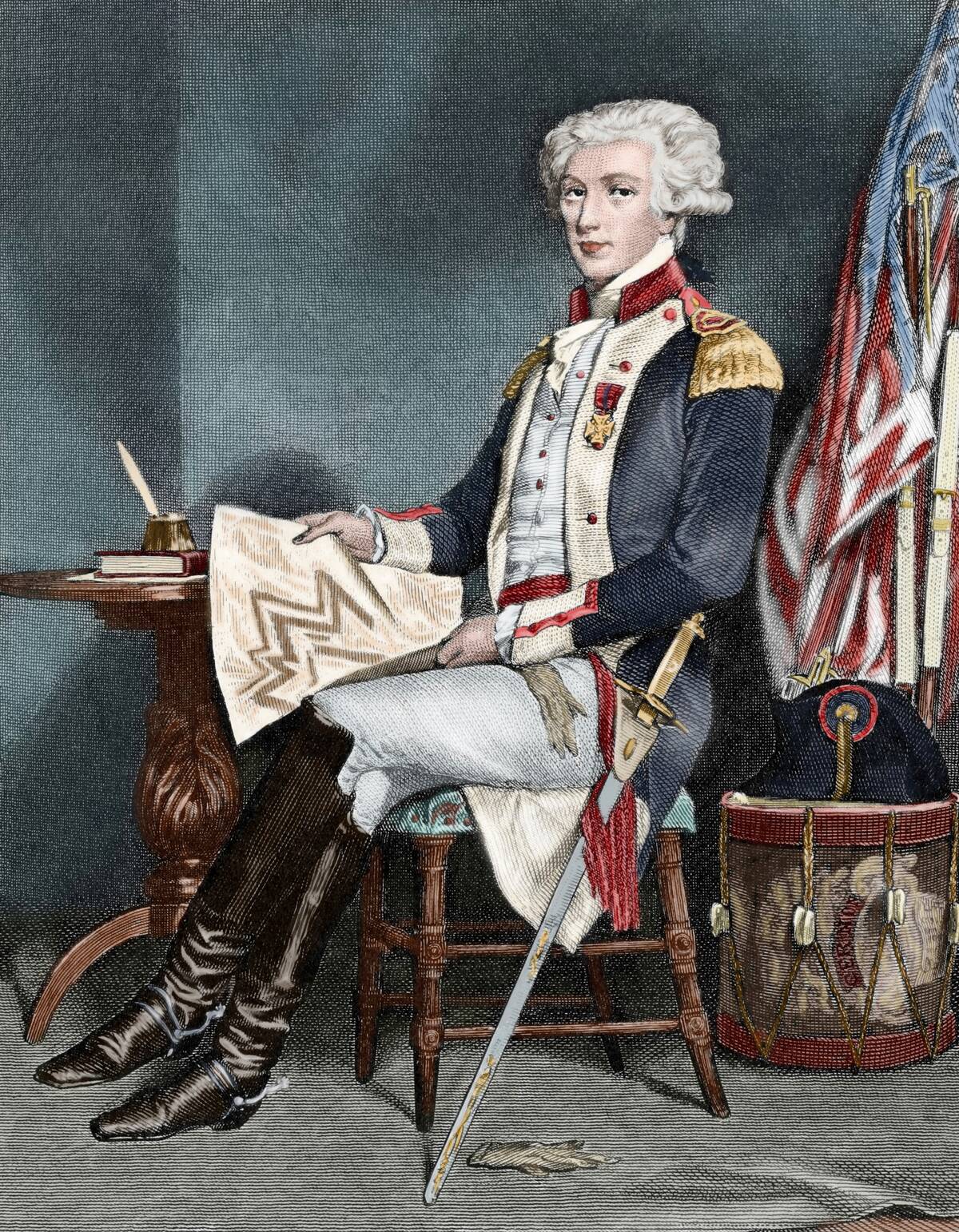
France’s contribution to the American Revolution went beyond military aid; it was a cultural and political alliance. The French provided critical support in the form of troops, naval forces, and financial assistance. Figures like Marquis de Lafayette became heroes on both sides of the Atlantic. This alliance was not only strategic but also symbolic, representing Enlightenment ideals of liberty and democracy. It was a partnership that turned the tide of the war and solidified a lasting Franco-American friendship.
The Secret Weapon: How Weather Played a Pivotal Role
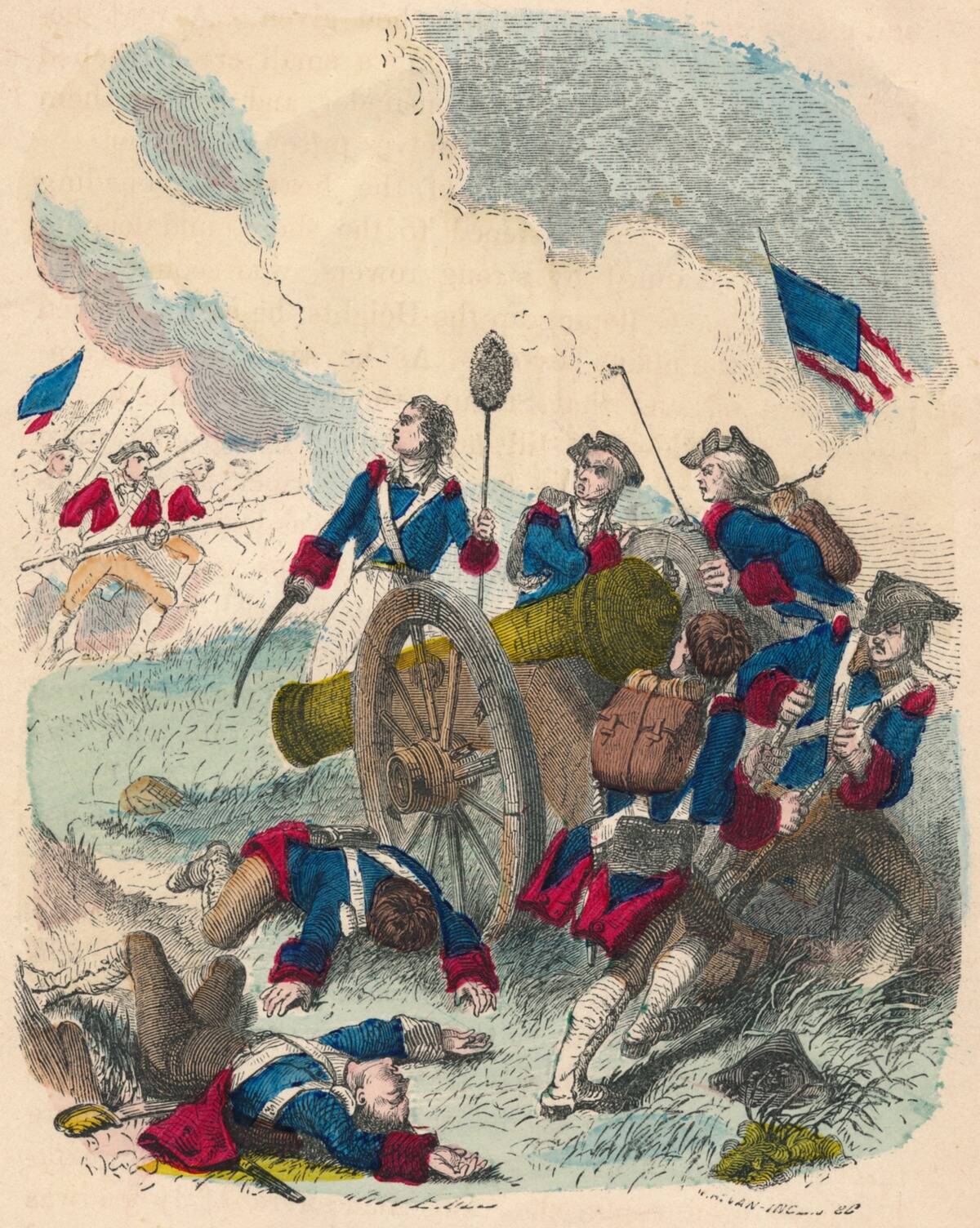
Weather, often overlooked, played a decisive role in the Revolution. From the harsh winter at Valley Forge that tested the mettle of Washington’s troops to the fog that shrouded their retreat from Brooklyn, nature was a formidable force. The hurricane of 1780 devastated the British fleet in the Caribbean, weakening their naval power. These meteorological events, while unpredictable, often tipped the scales in favor of the American cause, proving that even the skies could be a strategic ally.
The Quirky Fashion Trends Born from the Revolution
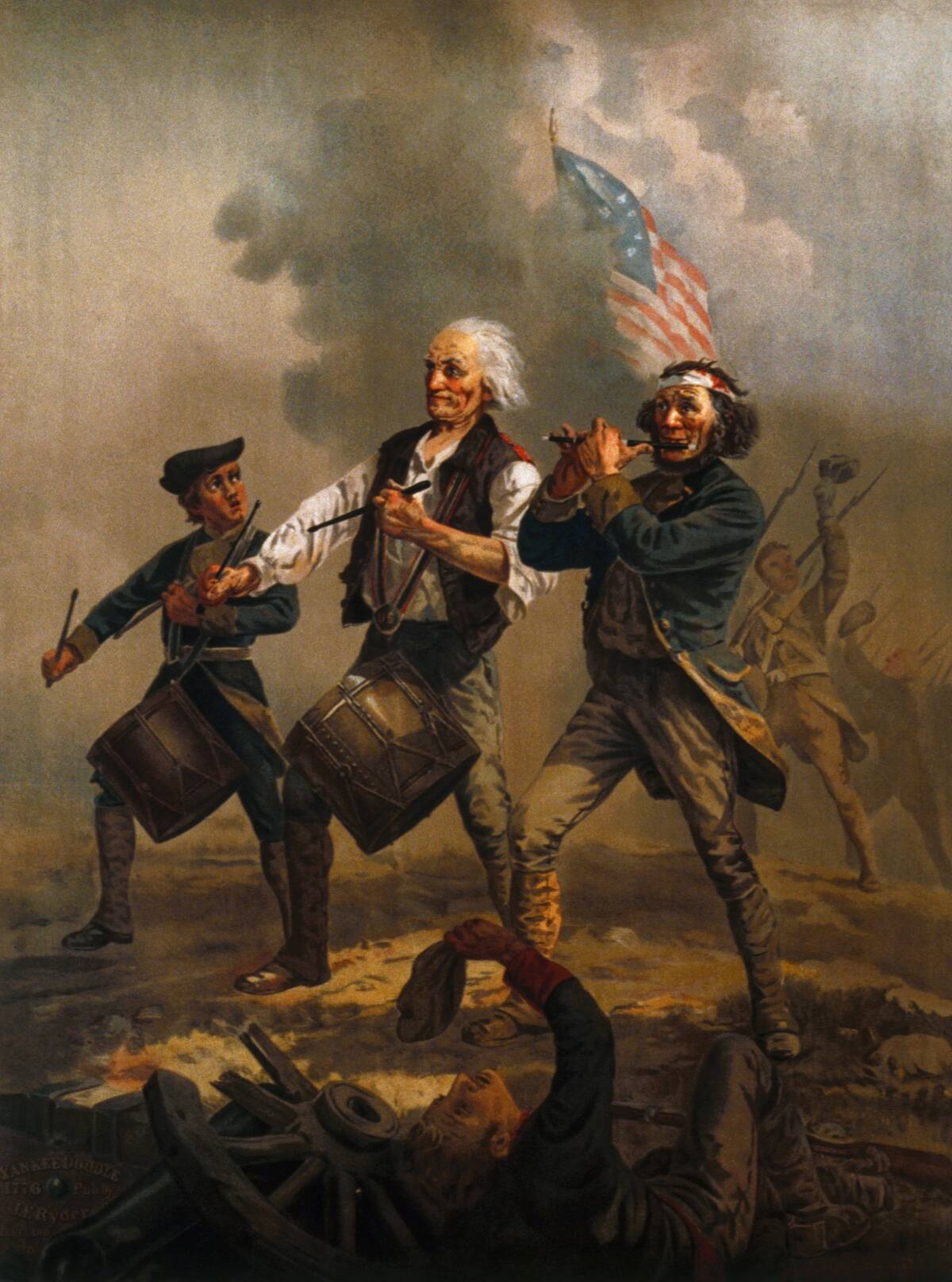
The Revolution wasn’t just a political and military upheaval; it sparked new fashion trends as well. “Homespun” became a badge of patriotism, with colonists eschewing British textiles for locally made cloth. The tricorn hat, with its distinctive three-cornered style, became synonymous with the revolutionary spirit. These sartorial choices were not just about style, but a statement of independence and identity, reflecting the broader cultural shifts underway during this transformative period.
The Peculiar Tale of Benedict Arnold’s Boot
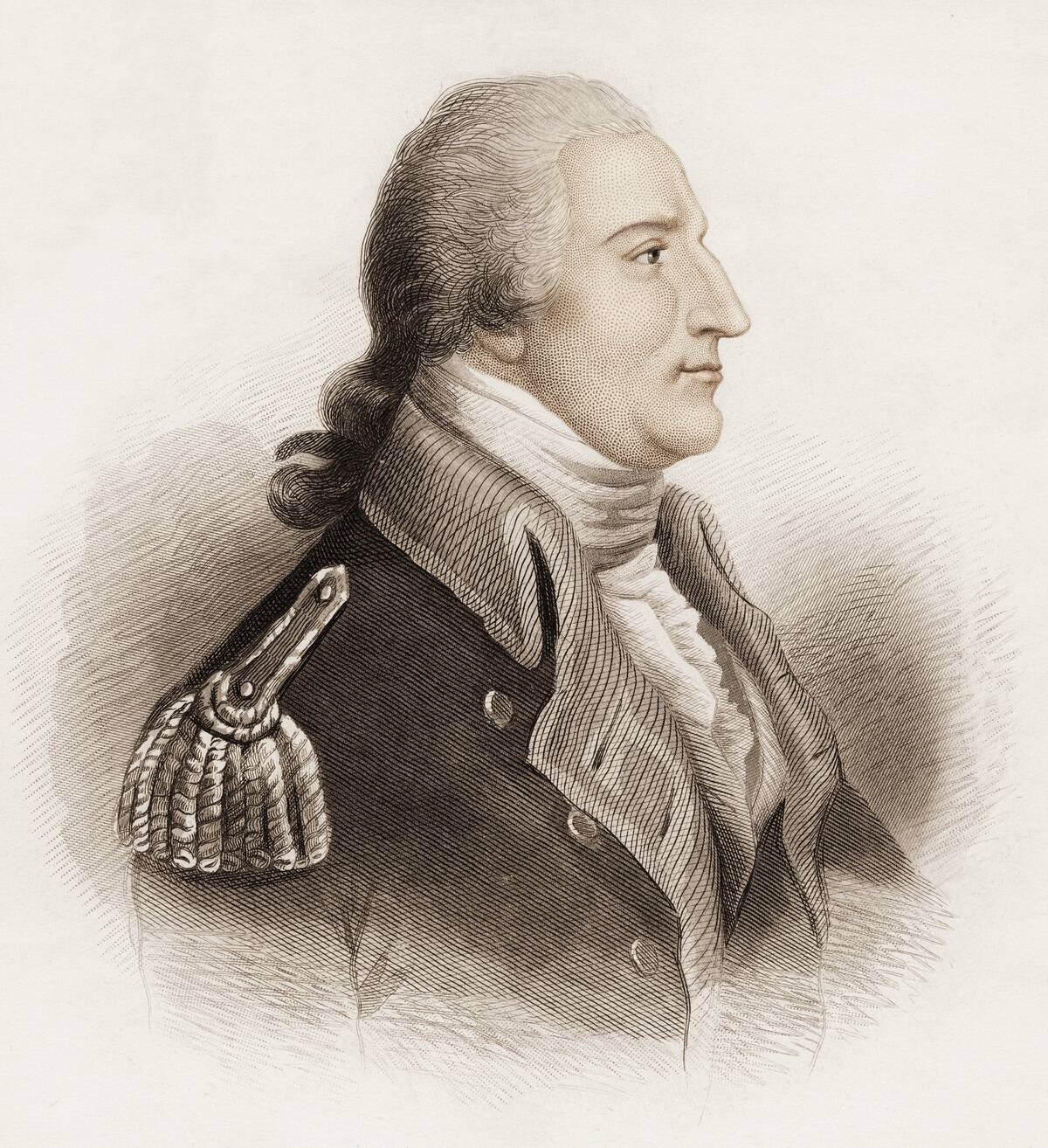
Benedict Arnold, infamous for his treason, left behind an unusual legacy—a boot. During the Battle of Saratoga, Arnold sustained a leg injury that required a boot brace. Though his name became synonymous with betrayal, a monument at Saratoga commemorates his bravery, featuring not Arnold himself, but his boot. This odd tribute serves as a reminder of his earlier contributions to the American cause before his notorious switch of allegiance, encapsulating the complexities of his character.
The Lasting Legacy of These Wild Revolutionary Tales
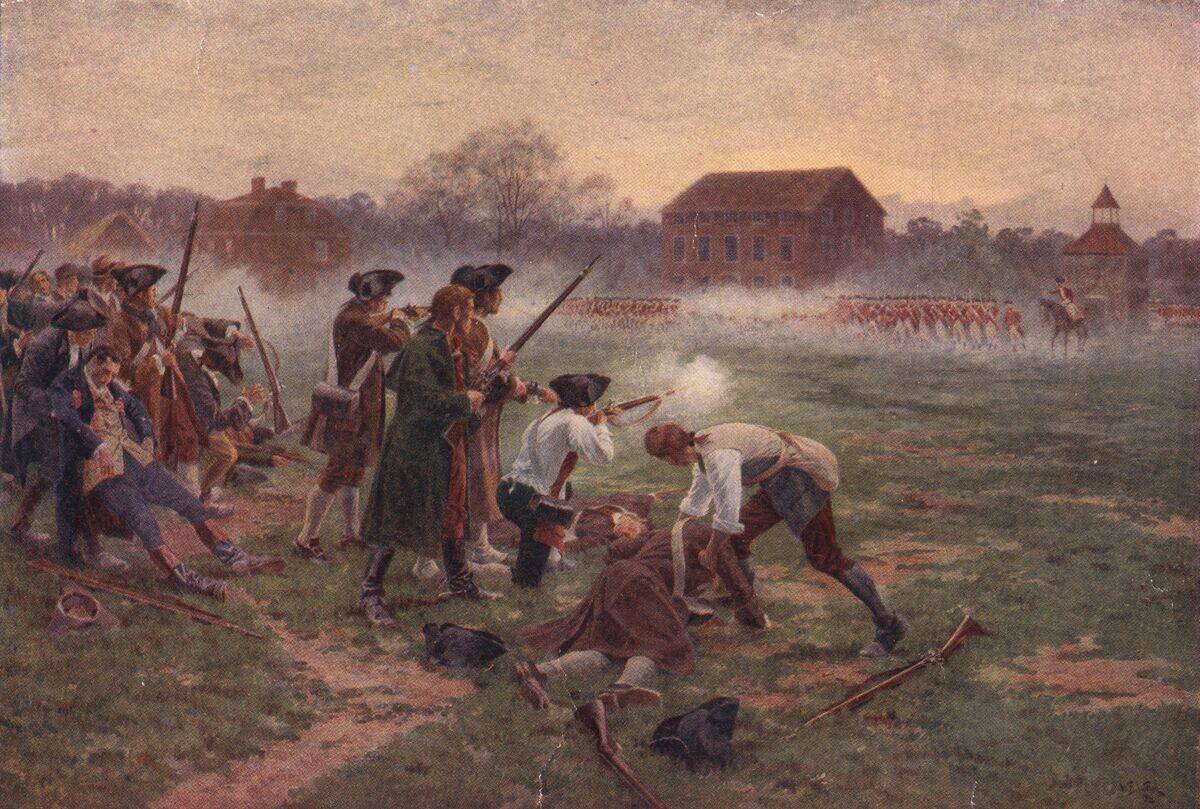
The American Revolution was not just a series of battles; it was a tapestry of stories that continue to intrigue and inspire. These lesser-known tales remind us of the diverse individuals and unexpected events that shaped the course of history. From secretive spy rings to unsung heroes, the Revolution was a collective effort that defies simple narratives. As we reflect on these quirky episodes, we appreciate the rich and complex legacy of a nation born from a blend of courage, creativity, and determination.



![[PHOTOS] How Different The World Used To Be, Then And Now](https://www.tellmebest.com/wp-content/uploads/2021/07/cropped-tell-me-best-fav-s.png)